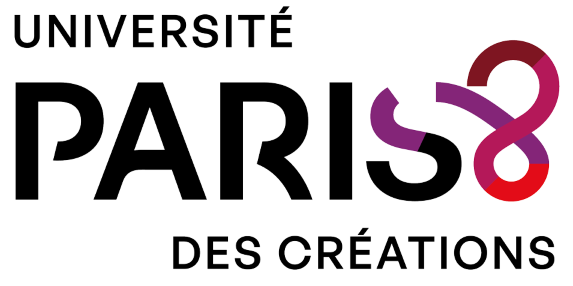Remédiation cognitive sur l’activité de catégorisation chez des enfants déficients intellectuels moyens et sévères
Résumé
Objectives. – Categorization as an essential element of the behavior adaptability allows to deduce invisible properties and to make predictions
about the behavior of the components of our environment. There are different types of classifications, which classify objects in different ways:
perceptive organization, thematic organization, taxonomic treatment, etc. The objective of this study is to know if classification standard, used by
medium and severe deficient intellectual children are the same as those of the typically developing children of the same chronological age, in front
of images of objects belonging to the world of the living (animals and plants) and non-living (artefacts).
Patients and subjects. – The children were submitted to learning to know if after a cognitive remediation, the children presenting intellectual
disabilities are able to acquire taxonomic categorization as the typically developing children of the same age. Ten educated children typically
developing in 3rd year of primary school and 4th year of primary school and ten intellectual disabilities children amongst six children enrolled in
IME (Medical Educational Institute) and four taken care in a SESSAD, all aged eight to ten years, participated in this research. Two free-sorting
tasks, consisted each of twenty-four images to every child, were proposed to distinguish the various activities of categorization of children and see
a possible evolution in the acquisition of taxonomic category.
Results. – The results are compared with a pre-test using the same images. They show that children with intellectual disabilities have betterperformance in the taxonomic categorization after cognitive remediation, although the performance of these children remains below those oftypically developing children. Cognitive remediation therefore gives access to a taxonomic classification, but is not built spontaneously by childrenwith intellectual disabilities. Variability of responses and stiffness categories considered are observable in these children.Conclusion. – Our experiments show that cognitive remediation has a positive effect in the categorization process in children with intellectualdisabilities, but the results we report suggest that these children are not able to conceptualize categories
But de l’étude. – La catégorisation est un élément essentiel de l’adaptabilité du comportement permettant de déduire des propriétés non visibles
et de faire des prédictions sur le comportement d’autres éléments de notre environnement. Il existe différents types de classification permettant
d’organiser les objets selon différents points de vue : perceptif, thématique, taxonomique, etc. Cette recherche a pour objectif de mieux cerner
l’effet de la remédiation cognitive sur les capacités de catégorisation chez des enfants de huit à dix ans présentant une déficience intellectuelle en
les comparant à des enfants « tout-venant » de même âge chronologique.
Patients et méthode. – Les enfants présentant une déficience intellectuelle ont été soumis à une remédiation, afin de savoir s’ils sont en mesure
d’utiliser naturellement la catégorisation taxonomique comme les enfants « tout-venant ». Dix enfants scolarisés en CE2 et en CM1 et dix enfants
avec déficience intellectuelle dont six enfants scolarisés en IME et quatre pris en charge dans un SESSAD, tous âgés de huit à dix ans, ont été
comparés. Deux tâches de tri libre portant chacune sur vingt-quatre images ont été proposées afin d’étudier les divers modes de catégorisation des
enfants et de voir une possible évolution après remédiation vers la catégorisation taxonomique chez les enfants déficients.
Résultats. – Les résultats sont comparés à ceux d’un pré-test utilisant les mêmes images. Ils montrent que les enfants déficients intellectuels ont
de meilleures performances dans la catégorisation taxonomique après la remédiation cognitive, même si les performances de ces enfants restent
en dec¸à de celles des enfants « tout-venant ». La remédiation cognitive donne donc accès à une classification taxonomique, mais qui n’est pas
construite spontanément par ces enfants. Une variabilité des réponses et une rigidité des catégories envisagées sont observables chez ces enfants.
Conclusion. – Nos expériences montrent que la remédiation cognitive a un effet positif dans le processus de catégorisation chez les enfants déficients
intellectuels, mais les résultats que nous rapportons suggèrent que ces enfants ne sont pas parvenus à conceptualiser les catégories.
